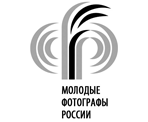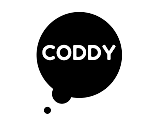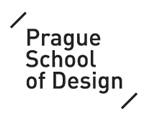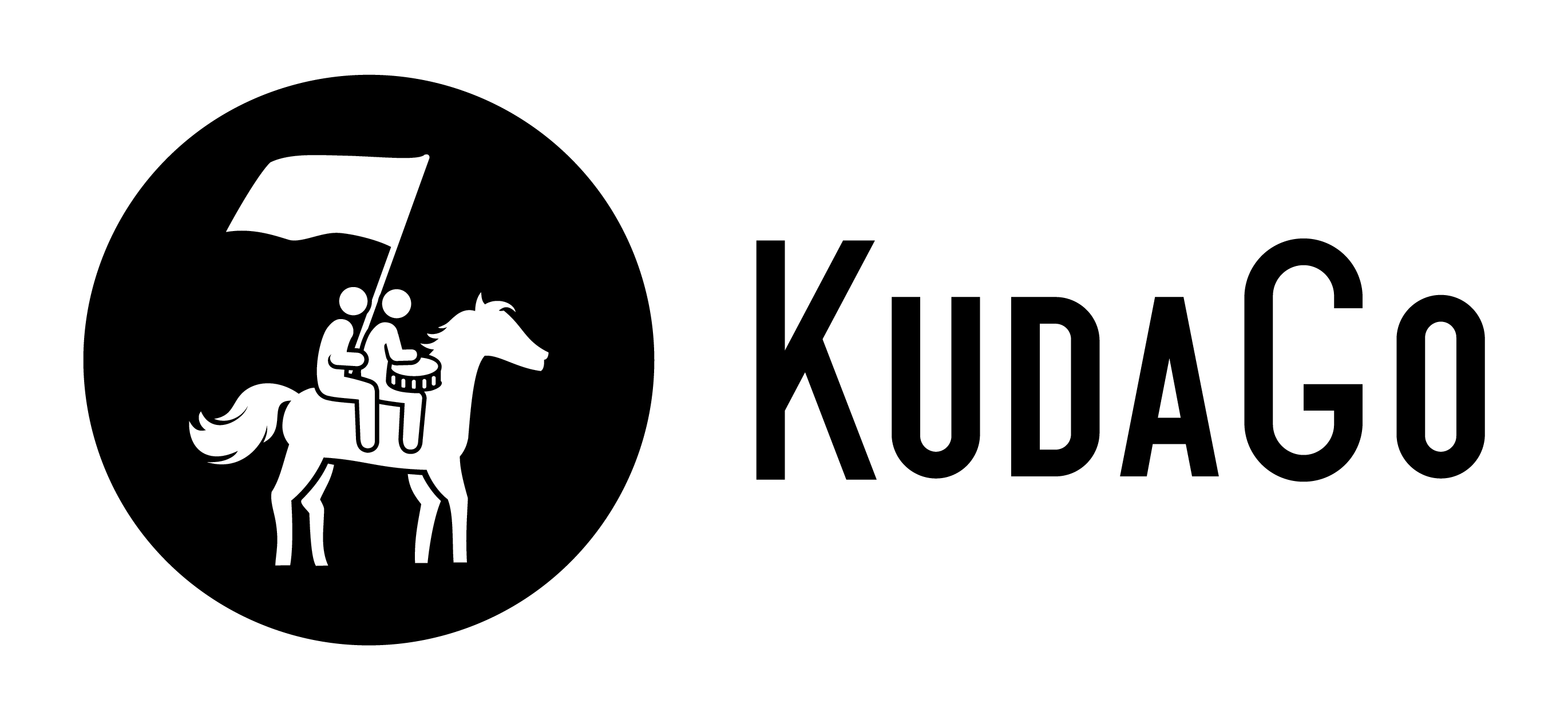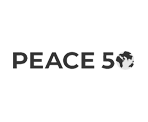
|
«Азбука Вячеслава Колейчука. Технологии градосозидания»
Более полувека имя Вячеслава Колейчука связано с областью формообразования в пространственных искусствах. Художник считал эксперимент самым эффективным способом познания в проектной деятельности. На лекции, представленной Львом Купершмидтом, посетители фестиваля DOCA узнали об идеях и проектах одного из ключевых мастеров кинетизма, изменивших представление о возможностях искусства и дизайна. Концепции мастера повлияли на представление о возможностях искусства и дизайна в конструировании архитектурного Образа Будущего. На протяжении всей своей жизни Вячеслав Колейчук принял участие в более чем 1000 выставок, его приглашали в конструкторские бюро, он проектировал для космической промышленности и даже для советского кино. Сложно переоценить влияние на архитектуру и дизайн его художественного понимания класса самонапряженных конструкций.
В конце жизни художник создал документ «Азбука Колейчука», который вобрал в себя круг интересов мастера. Архитектор, профессор МААМ, Лев Купершмидт называет этот труд Колейчука «станковой системой формообразования», создававшейся автором на протяжении десятилетий. Разработанная с порой на отечественные традиции авангарда, она применима как концепт для создания на прикладной основе объектов городской среды.
Называя себя «колейчукозависимым», Купершмидт предлагает разработанную им авторскую программу, основанную на «Азбуке Колейчука», ‒ «Парящие города». Это является своего рода продолжением идей художника, развитием и шагом к изменению городской среды. Представляя искусство как форму знания, мы можем представить город как модель Вселенной.
Выстраивание образа будущего должно происходить архитектурно-художественным языком ‒ по мнению лектора, это главный объединяющий язык. «Художественный язык парения универсально применим именно на фоне сложившегося архитектурно-дизайнерского дискурса исторических ансамблей и “новой” архитектуры. Он содержит здравый конструктивный и художественный смысл и позволяет комплементарно развивать общественные пространства в условиях 100% неизменяемой материальности облика наших городов. Желательная мультифункциональность общественных пространств предусматривает применение мобильных архитектурно-дизайнерских и художественных средств для их оживания. Мертвые сегодня, они ожидают прикосновения Художника для возрождения к общественной жизни города. Функции общественных пространств призваны поддерживать мотивацию к социально одобряемому поведению. Демократический социум обязан одобрять прежде всего знания об исторической памяти и здоровый образ жизни».
Пресс-секретарь Ольга Баранова |
ABCD of Viacheslav Koleichuk. Technologies of the Formation of Kinetic Art
Viacheslav Koleichuk’s name has been associated with the formation of the field of space art for more than half a century. The artist considered experimentation to be the most effective way of cognition in the project activities. During the lecture by Leo Kuperschmidt, visitors of the Days of Contemporary Art (DOCA) festival learned about the ideas and projects of one of the key masters of kineticism who had changed the understanding of art and design.
Concepts introduced by Viacheslav Koleichuk have influenced the idea of the opportunities of art and design in shaping the architectural image of the future. Throughout his life, Viacheslav Koleichuk participated in more than a thousand exhibitions. He was invited to design offices and was engaged in design projects for the space industry and even for the Soviet cinema. It is difficult to overestimate the impact of his artistic understanding of self-stressed structures on architecture and design. At the end of his life, the artist created the document called ABCD of Viacheslav Koleichuk. It collected all the master’s range of interests. Leo Kuperschmidt, architect and MAAM professor, calls Viacheslav Koleichuk’s work ‘easel system of shaping’. It took the author decades to create it. Viacheslav Koleichuk leaned on the domestic traditions of the avant-garde. His work can be applied as a concept for the development of urban environment objects. Calling himself addicted to Koleichuk’s work, Leo Kuperschmidt offers an original programme that he developed based on the ABCD of Viacheslav Koleichuk and Flying Cities. This is a kind of further continuation of the artist’s ideas and a step towards changing the urban environment. Using art as a form of knowledge, we can imagine the city as a model of the universe.
Building the image of the future should be based on the architectural and artistic language. According to Leo Kuperschmidt, that is the main unifying language. “The artistic language of ‘flying’ is universally applicable against the background of the established architectural and design discourse of historical ensembles and ‘new’ architecture. It makes sound structural and artistic sense and makes it possible to develop public spaces complementary in conditions of 100% unchangeable materiality of the appearance of our cities. The desired multi-functionality of public spaces presupposes using mobile architectural, design-related, and artistic means of bringing them to life.
Despite being ‘dead’ today, they are waiting for being once again touched by artists, for a rebirth to the public life of the city.
The functions of public spaces are aimed at maintaining motivation for socially approved behaviour. A democratic society must endorse knowledge of historical memory and a healthy lifestyle”.
Olga Baranova DOCA Press Secretary
Translated by Nikolay Gavrilov |
 2021
2021

































